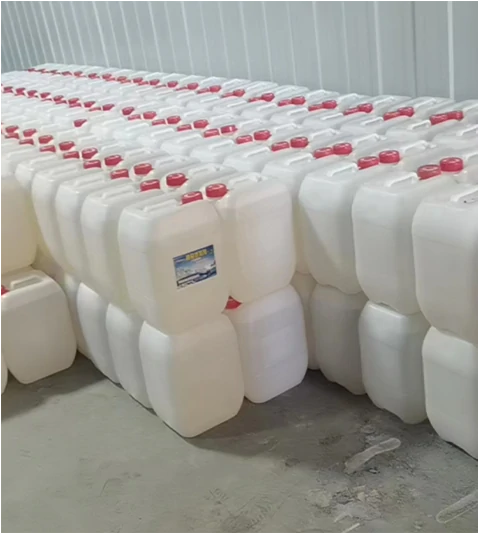
Aug . 14, 2024 03:32 Back to list
Exploring the Properties and Applications of 10% Glacial Acetic Acid in Various Industries and Research
Exploring 10% Glacial Acetic Acid Uses and Safety
Glacial acetic acid (CH₃COOH) is a colorless, hygroscopic liquid that serves as a critical component in various chemical processes and industrial applications. When diluted to a concentration of 10%, it produces a solution that retains many of the beneficial properties of the pure compound while significantly reducing its corrosiveness and volatility. This article explores the uses, properties, and safety considerations associated with 10% glacial acetic acid.
Properties and Preparation
10% glacial acetic acid is essentially a solution consisting of 10% acetic acid by volume and 90% water. The dilution reduces the acidity compared to pure glacial acetic acid, which is a concentrated form containing over 99% acetic acid and can be extremely corrosive. The 10% solution possesses a pungent odor characteristic of vinegar, making it recognizable and relatively safe for everyday applications.
To prepare the solution, glacial acetic acid is carefully mixed with distilled water. It’s crucial to add acid to water, not the other way around, to prevent exothermic reactions that may lead to splashing or steaming. Proper lab safety protocols, including the use of personal protective equipment (PPE) like gloves and safety goggles, should always be observed during preparation.
Common Uses
1. Laboratory Applications In laboratories, 10% glacial acetic acid is widely used as a reagent in biochemical experiments. It plays a crucial role in various chemical synthesis processes, including the manufacture of acetate esters. Moreover, due to its mild acidic properties, it is often utilized in buffer solutions to maintain a stable pH during chemical reactions.
2. Food Industry One of the most familiar applications of 10% acetic acid is in food preservation and flavoring. It is commonly used in the production of sauces, marinades, and pickling processes. The antimicrobial properties of acetic acid help inhibit the growth of bacteria and mold, making it an effective agent in extending the shelf life of food products.
10 glacial acetic acid

3. Household Cleaning The accessibility of 10% glacial acetic acid makes it a popular choice for household cleaning. Its ability to break down mineral deposits, cut through grease, and disable odors makes it an effective and natural cleaning solution. Combined with water, it can serve as a powerful disinfectant that is safe to use on various surfaces.
4. Textile and Dye Industry In the textile industry, 10% acetic acid is utilized in dyeing processes to fix dyes onto fabrics and prevent fading. It helps achieve vibrant colors and enhances the overall quality of textile products.
Safety Considerations
While 10% glacial acetic acid is safer than its concentrated counterpart, caution should still be exercised when handling this solution. Prolonged exposure can lead to skin irritation, eye damage, and respiratory issues if vapors are inhaled. Therefore, it is essential to work in a well-ventilated area and use appropriate protective gear. In the event of skin contact, the affected area should be rinsed immediately with plenty of water.
Moreover, proper storage is vital to prevent any accidental spills or reactions with incompatible substances. Glacial acetic acid should be kept in a cool, dry location, away from direct sunlight, and sealed in suitable containers.
Conclusion
10% glacial acetic acid is a versatile and widely used solution across various industries, from laboratories and food production to cleaning and textiles. Understanding its properties, uses, and safety precautions can help users maximize its benefits while minimizing potential risks. Whether in a lab or a household setting, knowledge and respect for this chemical compound ensure both efficacy and safety in its application.
-
SmartAgri Solutions - Precision Farming&Soil Monitoring
NewsJul.13,2025
-
Industrial Solutions-Example Inc.|Smart Manufacturing&Energy Efficiency
NewsJul.13,2025
-
Food Grade Glacial Acetic Acid-Pure Quality|High-Purity Acetic Acid,Food-Grade Chemical
NewsJul.13,2025
-
Industrial Efficiency Solutions-NextGen Technologies|Advanced Automation&Data-Driven Analytics
NewsJul.12,2025
-
Smart Manufacturing Solutions-Example.com|Enhance Efficiency&Reduce Costs
NewsJul.12,2025
-
Food grade glacial acetic acid
NewsMar.07,2025
